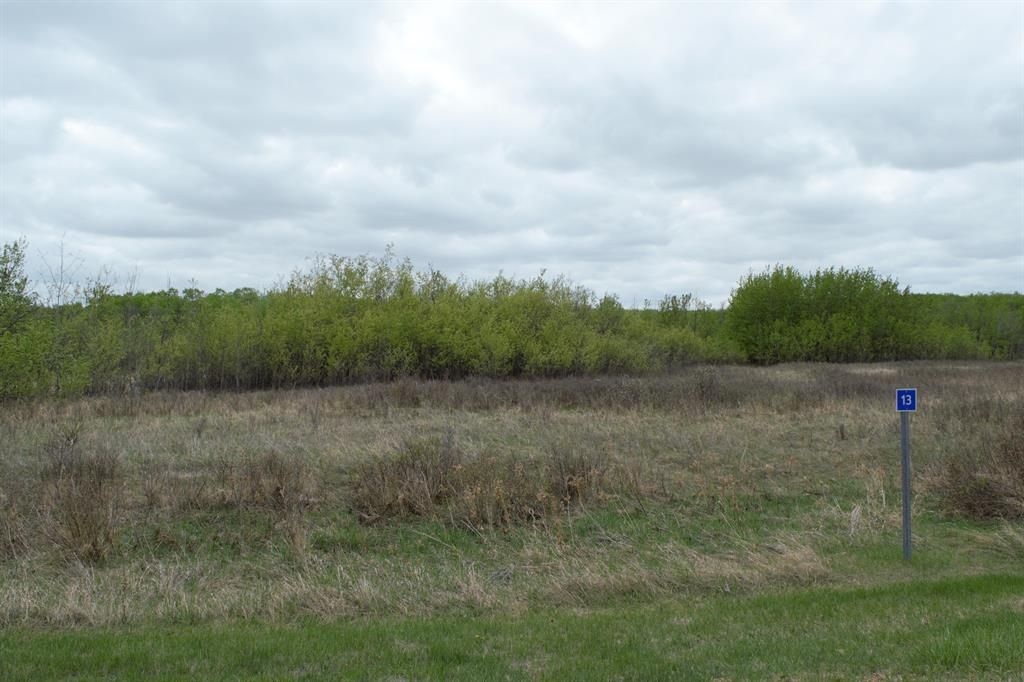Please visit our Open House at 2620 Ravenslea GARDENS SE in Airdrie. See details here
Open House on Saturday, June 17, 2023 1:00PM - 4:00PM
Want a home where your kids can walk to school? Then this is the one, close to both the public & Francophone schools. Nestled in this sought-after neighborhood of Ravenswood, this stunning home offers an exceptional living experience. With a well-designed floor plan, this house boasts 5 spacious bedrooms and three and a half bathrooms, ensuring ample room for the whole family. As you step inside, you'll be greeted by a flex room, providing an ideal space for a home office or study. The main floor also features a spacious living room adorned with a cozy fireplace, creating a welcoming space to gather with loved ones. The kitchen is a chef's dream, featuring granite countertops, an executive design, and stainless steel appliances. A walk-through pantry offers convenient storage, and the double attached garage provides protection for your vehicles. Moving upstairs, you'll find a large vaulted bonus room, providing additional space for leisure or entertainment. The master suite is both elegant and functional, offering a generous layout and a spa-like ensuite. Pamper yourself in the soaker bathtub or make use of the dual vanity and separate standing shower. The dedicated upstairs laundry room and the well-appointed main bathroom enhance the convenience and comfort of this level. The basement of this house is fully finished and offers even more possibilities. It features a spacious rec room, perfect for entertaining guests or enjoying quality family time. Stay active and maintain a healthy lifestyle in the dedicated gym space and after working out pick your favorite beverage from the wet bar. The basement also includes a large bedroom and a full bathroom, providing privacy and comfort for guests or family members. In the outdoor space, you'll discover a stone sitting area and a built-in firepit, perfect for hosting gatherings and enjoying the outdoors. With its sunny southern exposure, the backyard creates the perfect setting for outdoor relaxation and entertainment. The low-maintenance landscaping with an irrigation system that allows you to spend more time enjoying your home rather than constantly tending to outdoor upkeep. A gate to the back alley adds ease of access and convenience. Don't miss out on this fantastic opportunity to own a home in Ravenswood. With its desirable location, exceptional features, and stylish finishes, this house truly has it all.


















